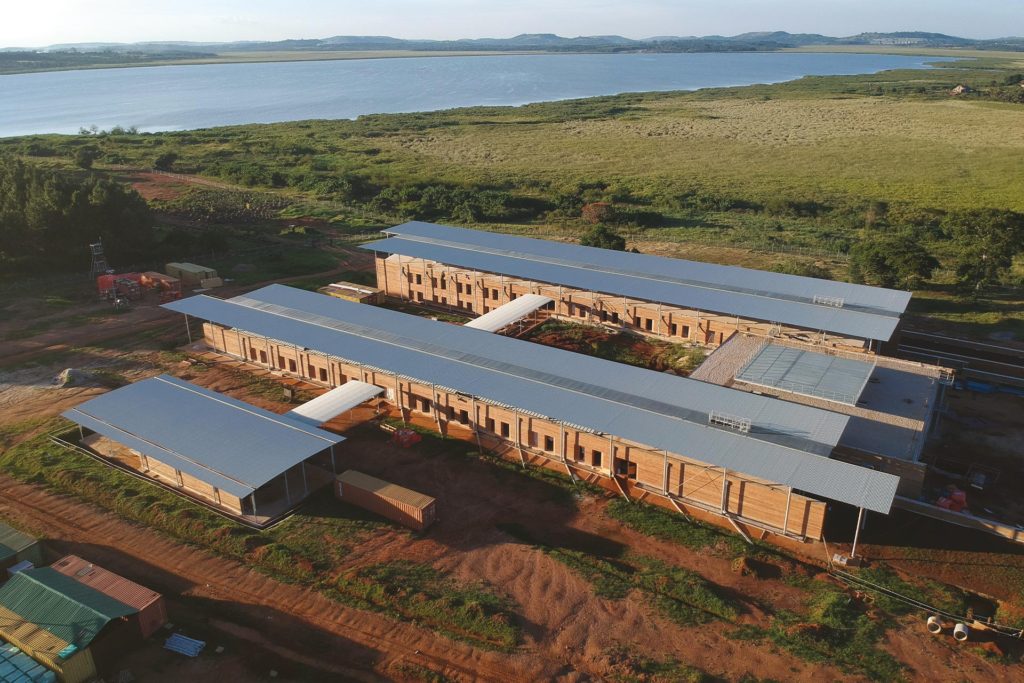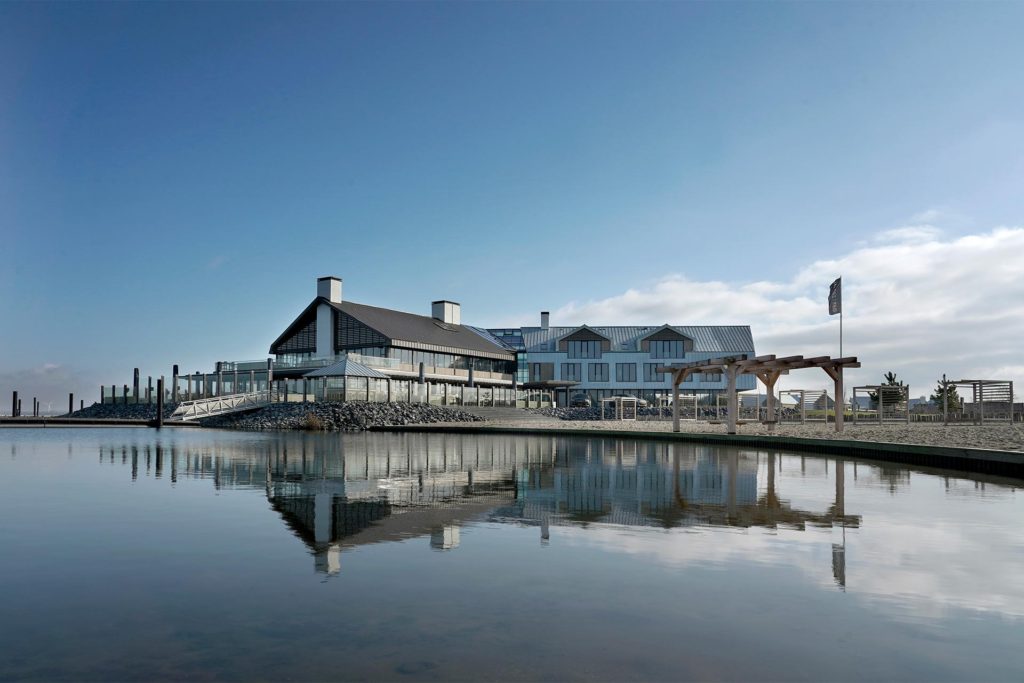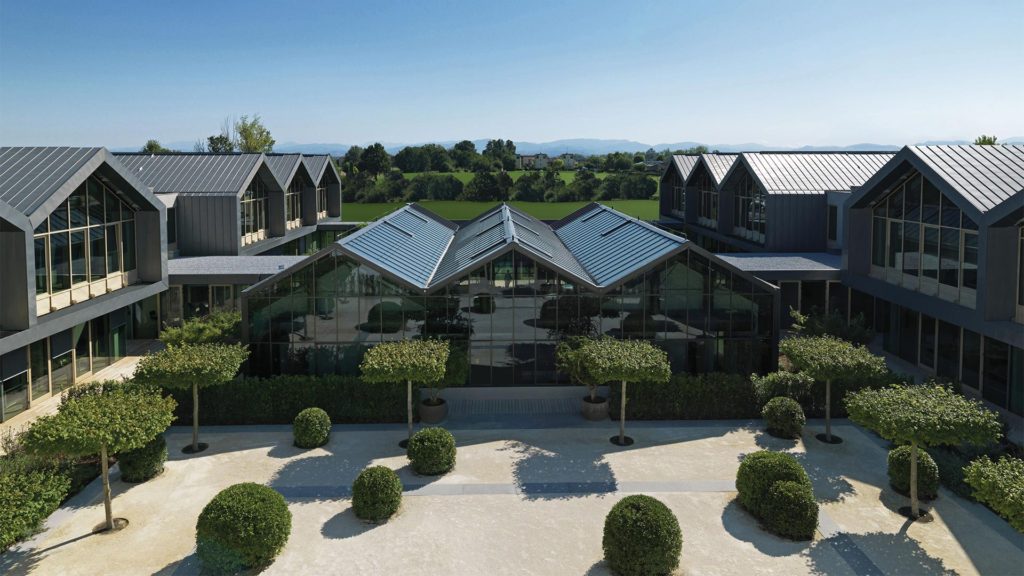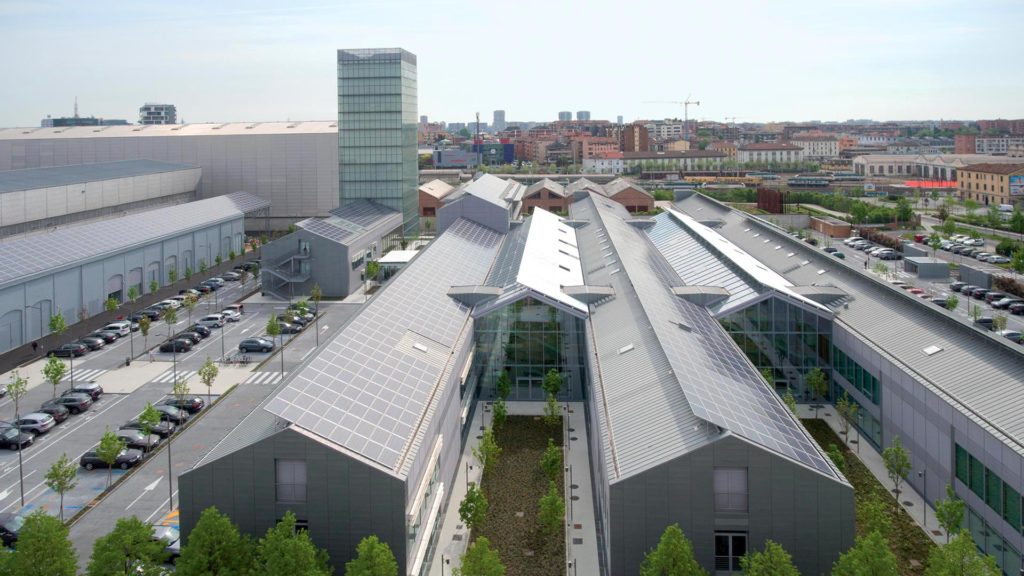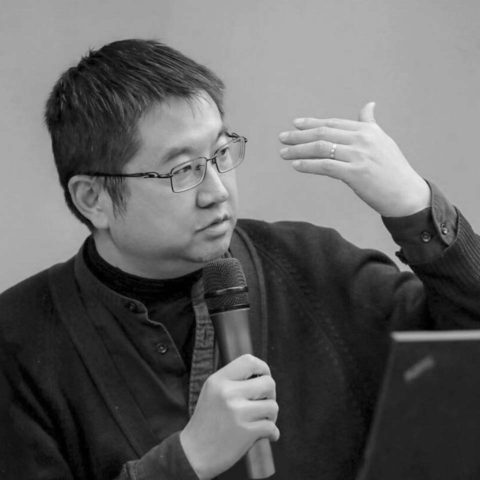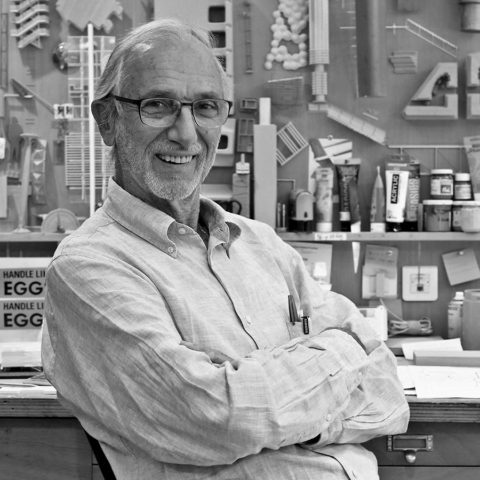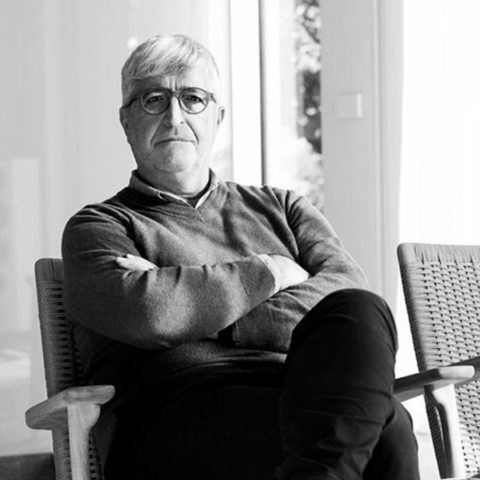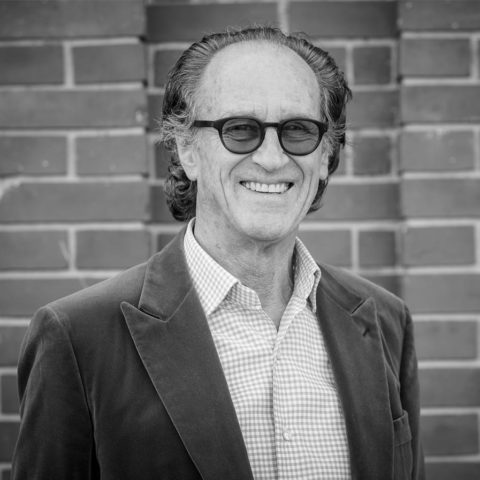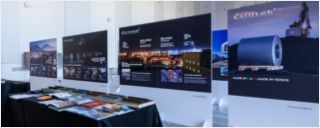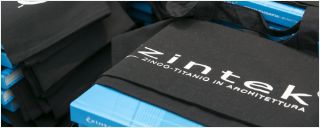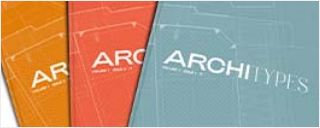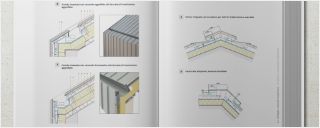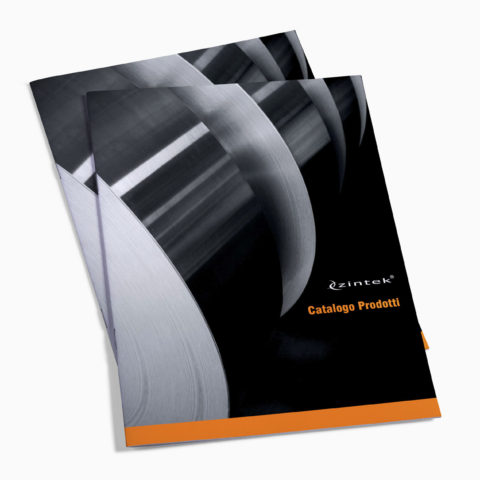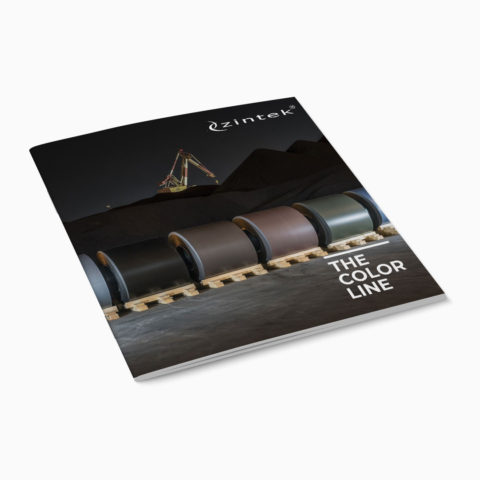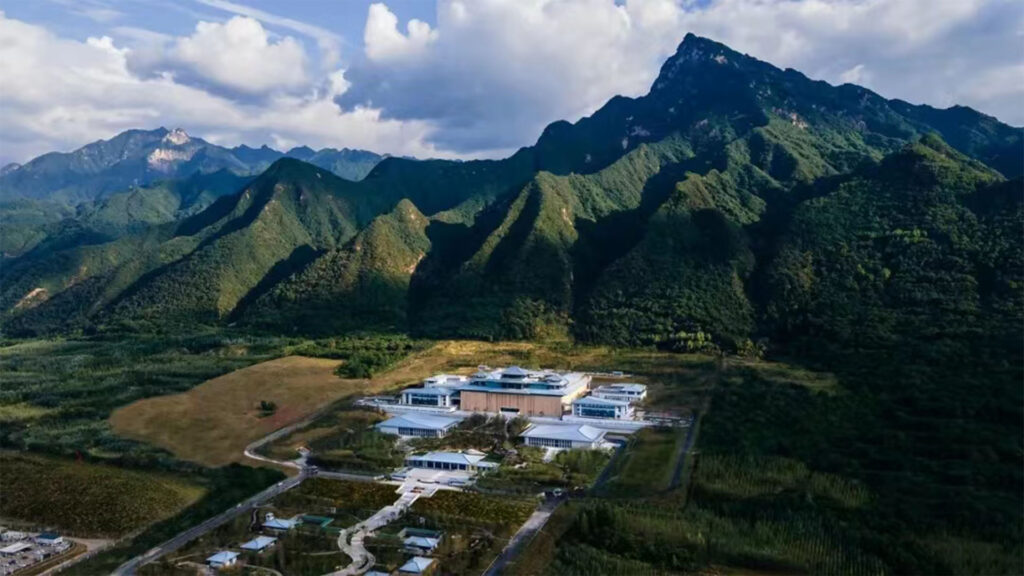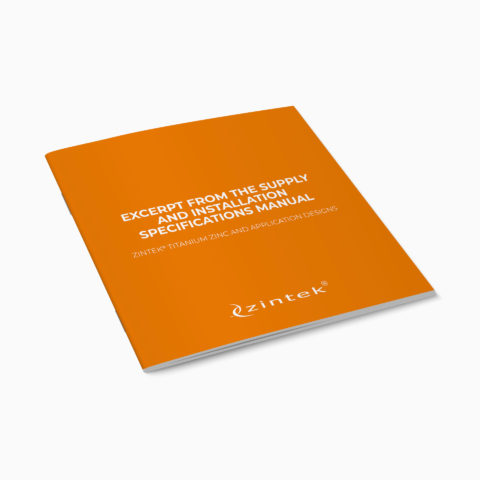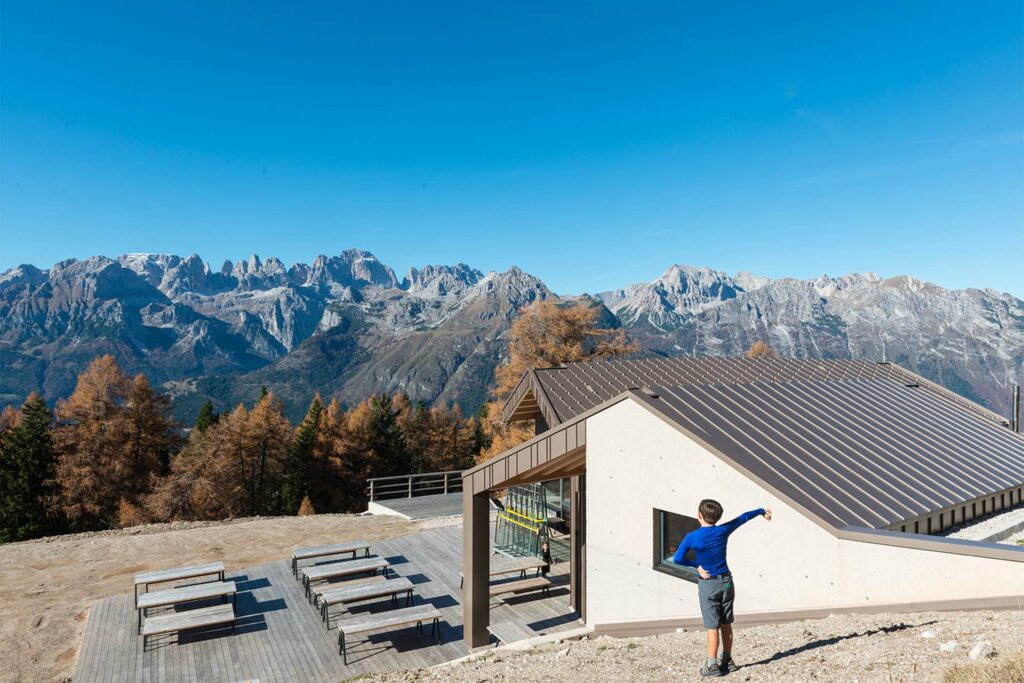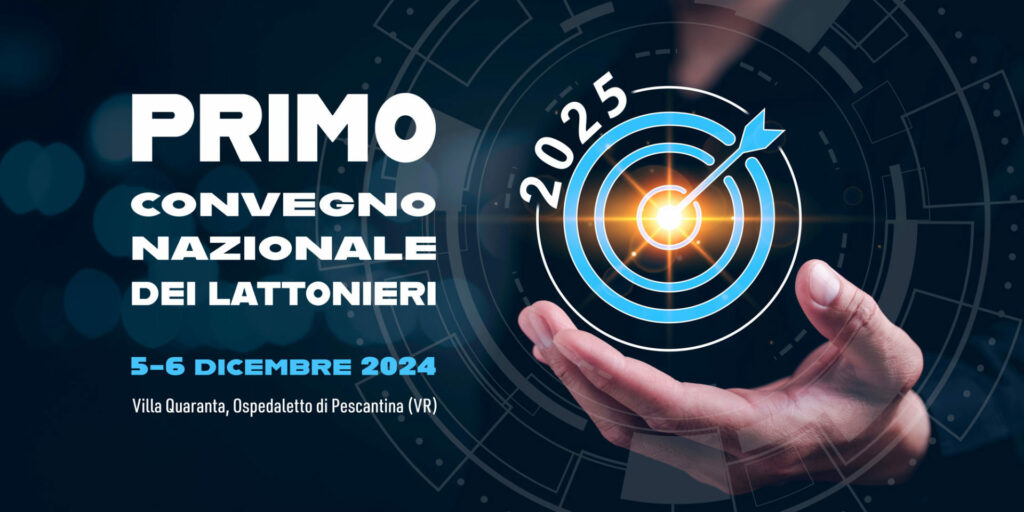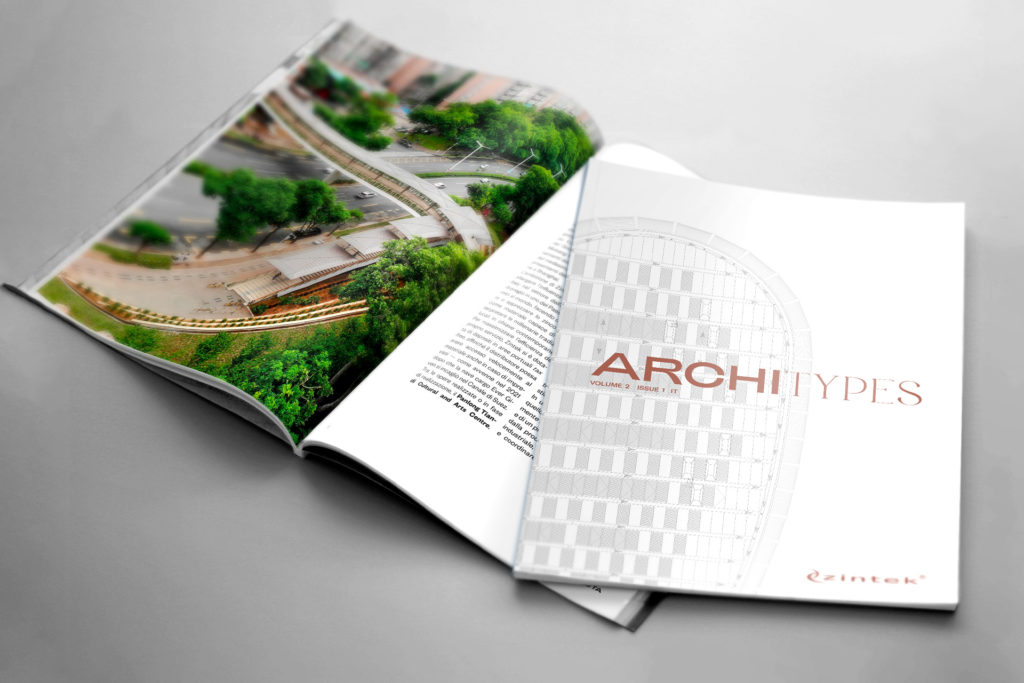Designers and construction firms have the duty of considering how their work impacts the surrounding context.
New buildings must be conceived as spaces capable of transforming over time and of re-adapting to new uses, thus reducing major restructuring efforts and the waste of materials and resources in the event of total or partial demolitions.
In this sense, rolled zintek® titanium zinc products are perfect as they are non-pollutant, natural, recyclable and virtually maintenance-free.
Instead of spoiling, over time these products gain a basic zinc carbonate protective layer, capable of ensuring their lifespan lasts up to one hundred years, and they maintain a high market value even when used as recycled materials.
Our rolled products can even interact positively with the natural environment, given that rain water collected by zintek® gutter systems is very good for plants, thanks to the presence of zinc mineral salts.
To improve an environment means to improve quality of life
Improving quality of life
To improve an environment means to improve quality of life, but a building that is merely aesthetically pleasing quickly exhausts part of its value. It is important to consider the need to create a positive streetscape, in order to set in motion a virtuous improvement and aesthetic cycle.
The discourse on harmony between parts – in this case, constructive and environmental – is a key element of sustainable architecture. Interactions with the environment are also expressed in other important aspects, such as the use of materials that can adapt to the pre-existing context, the possibility to use biomass systems and to manage renewable energy sources.
Zintek is proud that over the years it has worked on high profile projects that married these principles, meeting the requests of customers while at the same time rationalizing the specific context, both in terms of the available natural resources and on a social texture level.

